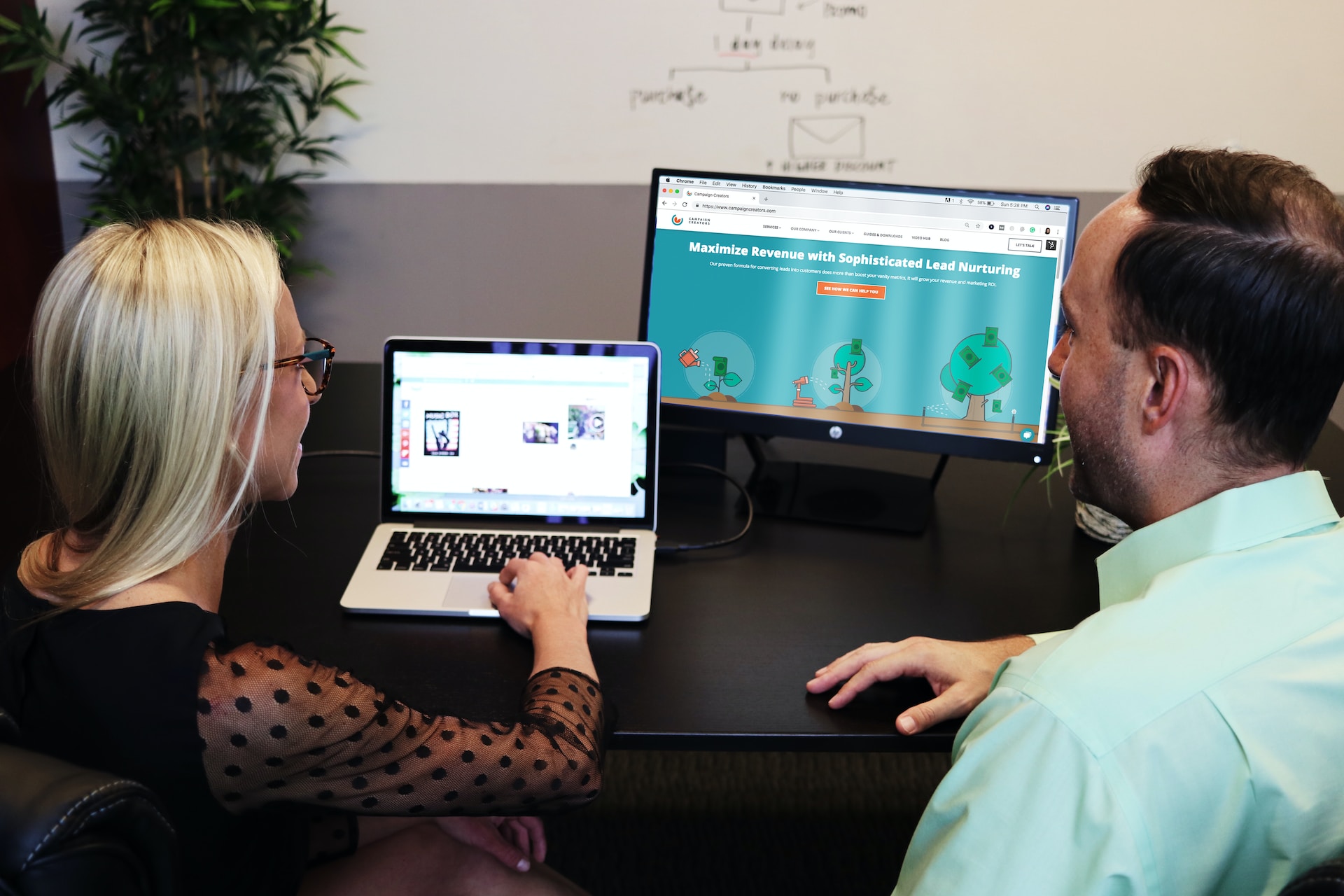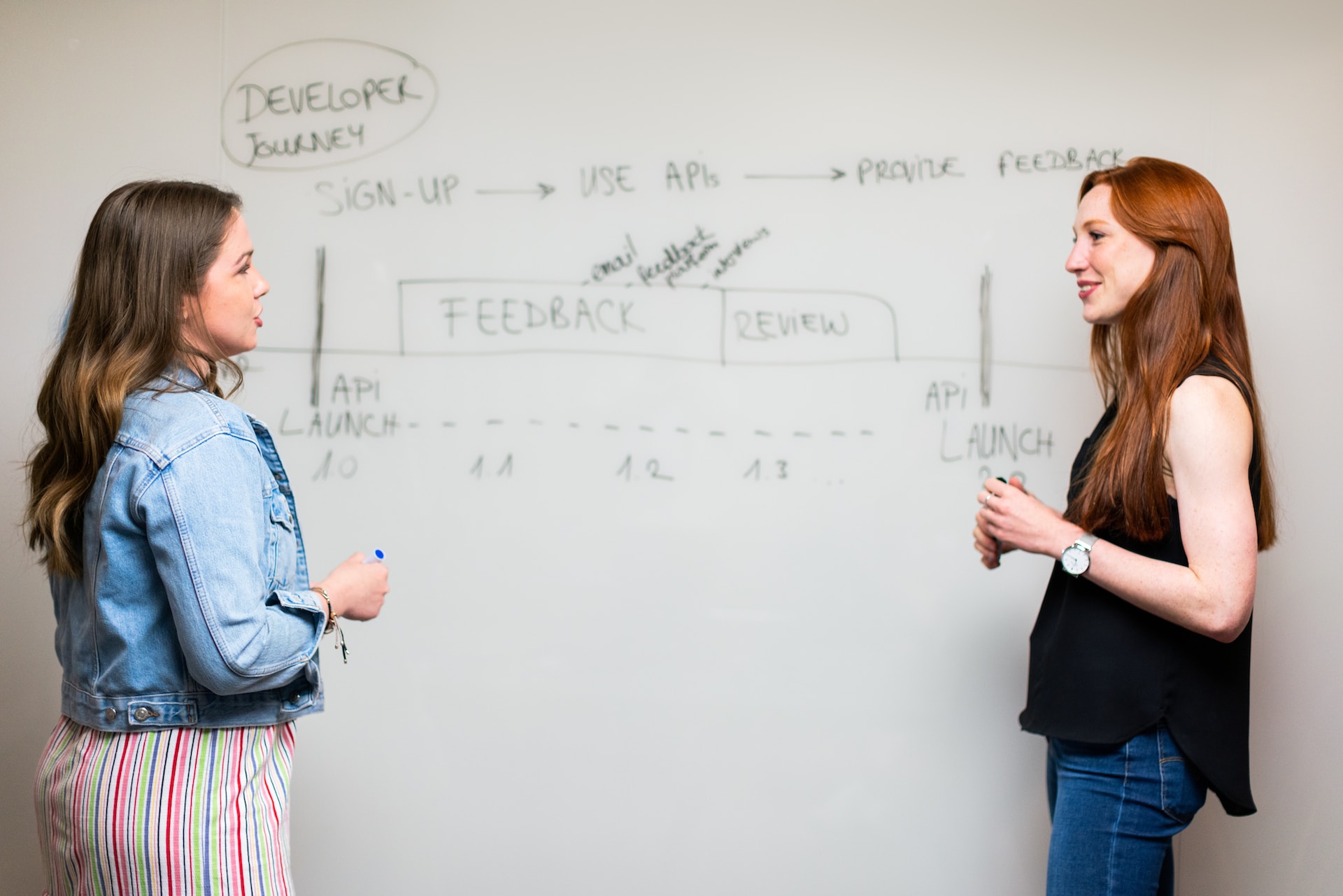What is Gamification and Why Does it Matter?
Gamification refers to the application of game design elements and principles to non-gaming contexts, with the goal of increasing user engagement, motivation, and overall satisfaction. By leveraging the inherent appeal of games, companies can create more enjoyable and rewarding experiences for their users, which can lead to increased loyalty, retention, and even revenue growth.

Key Elements of Gamification
To successfully implement gamification techniques, it's essential to understand the core elements that make games engaging and enjoyable. These elements can be adapted and applied to your product or service to create a more compelling user experience.
1. Goals and Objectives
Games typically have clearly defined goals and objectives that give players a sense of purpose and direction. By
setting clear goals for users within your product, you provide them with a sense of achievement and motivation to continue using your product.
2. Feedback and Rewards
Games provide players with constant feedback on their performance, as well as rewards for achieving certain milestones or completing tasks. This feedback loop helps keep players engaged and motivated to continue playing. Integrating feedback and rewards into your product can have a similar effect on user engagement.
3. Challenges and Progression
Games often present players with increasingly challenging tasks or levels, which helps maintain their interest and motivation. By introducing challenges and progression into your product, you can create a sense of accomplishment and encourage users to continue engaging with your product.
4. Social Interaction
Many games incorporate social elements, such as leaderboards or multiplayer modes, that allow players to interact with others and compare their progress. By adding social features to your product, you can foster a sense of community and competition, which can increase user engagement and satisfaction.

App Gamification to Boost User Engagement
Now that we have a better understanding of the key elements of gamification, let's explore some specific techniques that can be applied to your product or service to increase user engagement.
1. Points and Experience Systems
One of the most common gamification techniques is the implementation of a points or experience system, where users earn points or "experience points" (XP) for completing specific tasks or actions within your product. These points can be accumulated over time, giving users a sense of progress and achievement.
For example, language learning app Duolingo awards users with experience points for completing lessons, quizzes, and other activities. This encourages users to continue learning and makes their progress feel tangible and rewarding.
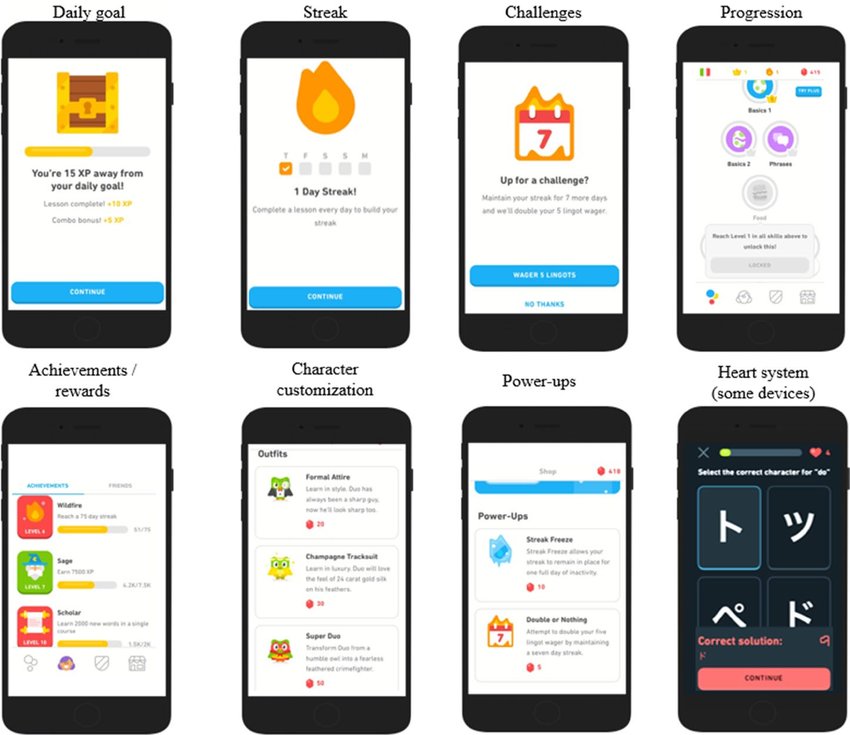
2. Levels and Badges
Another popular gamification technique is the use of levels and badges to represent a user's progress within the product. Users can "level up" by accumulating points or completing tasks, and they can earn badges for achieving specific milestones.
Fitness tracking app Fitbit, for example, awards badges to users for reaching various milestones, such as walking a certain number of steps in a single day or climbing a specific number of flights of stairs. These badges provide users with a sense of accomplishment and encourage them to continue using the app to reach new milestones.
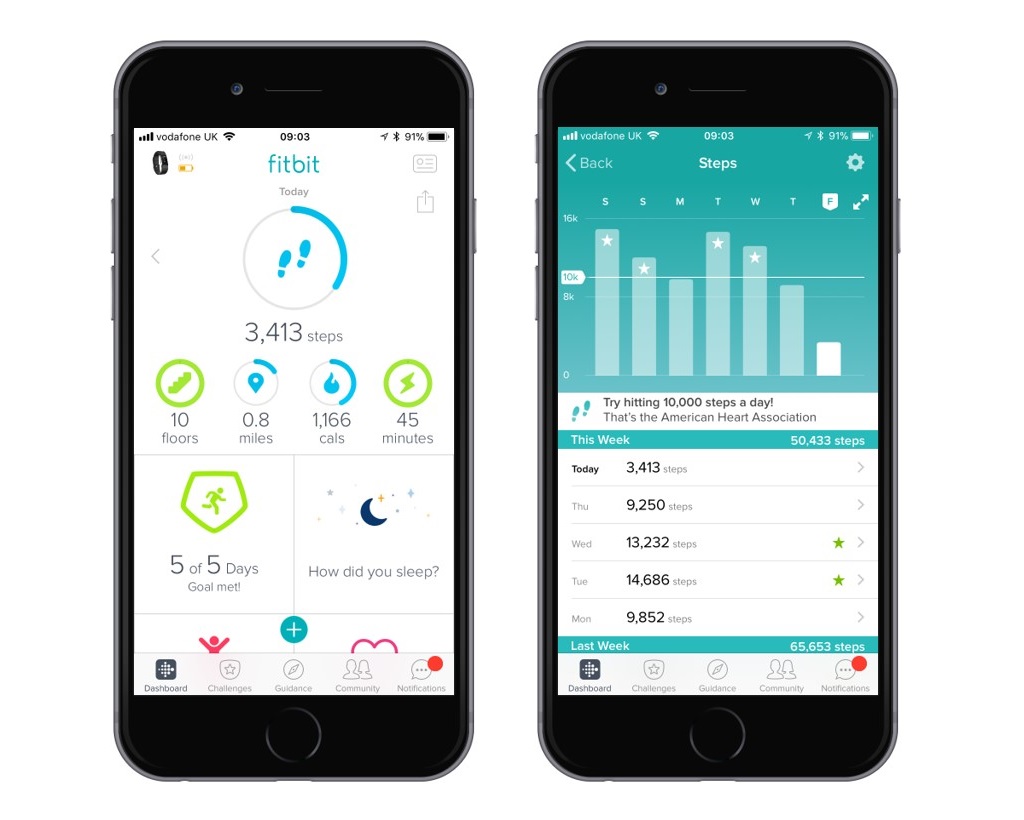
3. Leaderboards and Social Comparisons
Incorporating leaderboards and other social comparisons into your product can foster a sense of competition and motivate users to engage with your product more frequently. Users can compare their progress or performance with others, either within their social network or among all users of the product.
The popular running app Strava, for instance, features leaderboards that allow users to compare their running times and distances with other users on specific routes or segments. This friendly competition can motivate users to improve their performance and engage more deeply with the app.
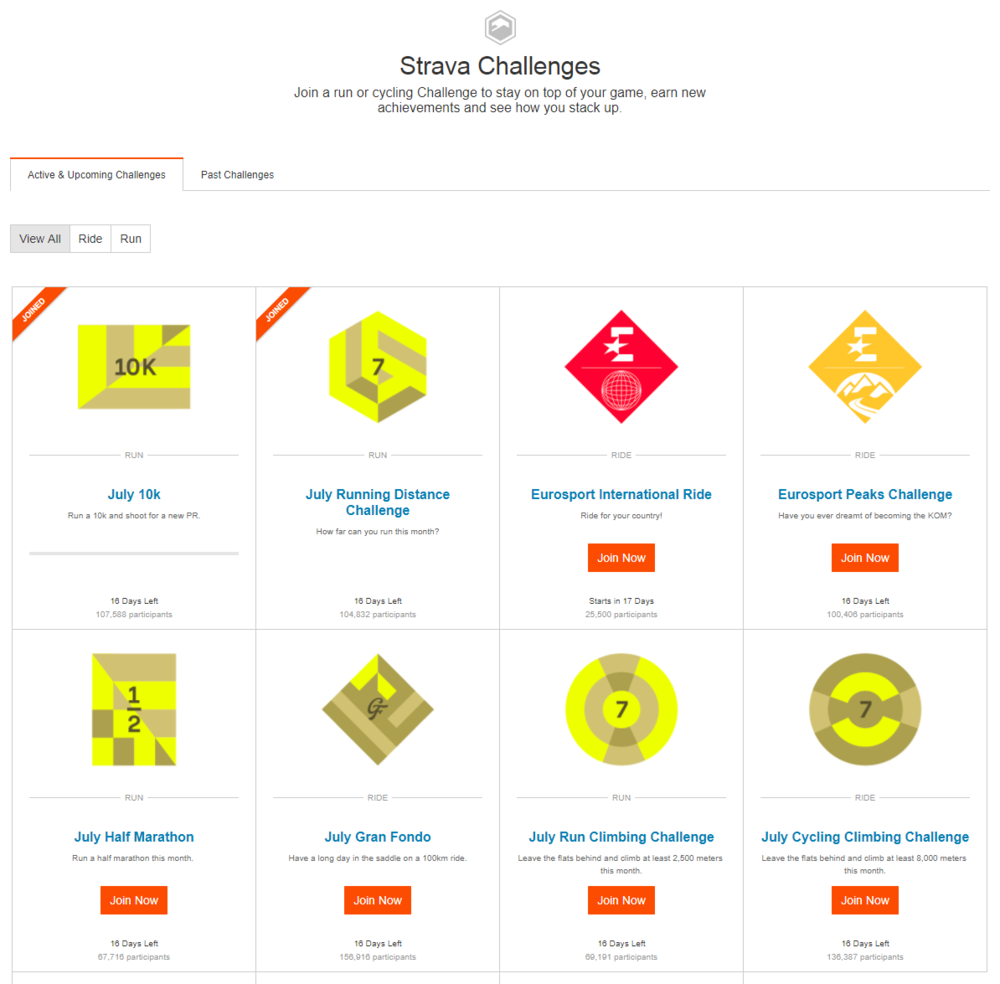
4. Time-Limited Challenges and Events
Creating time-limited challenges or events within your product can create a sense of urgency and excitement for users. These events can encourage users to engage with your product more frequently during the event period, and can even attract new users who want to participate in the challenge.
For example, the meditation app Headspace occasionally offers special meditation challenges, such as a 30-day meditation streak challenge. By participating in these time-limited events, users are motivated to engage with the app daily and establish a meditation habit.
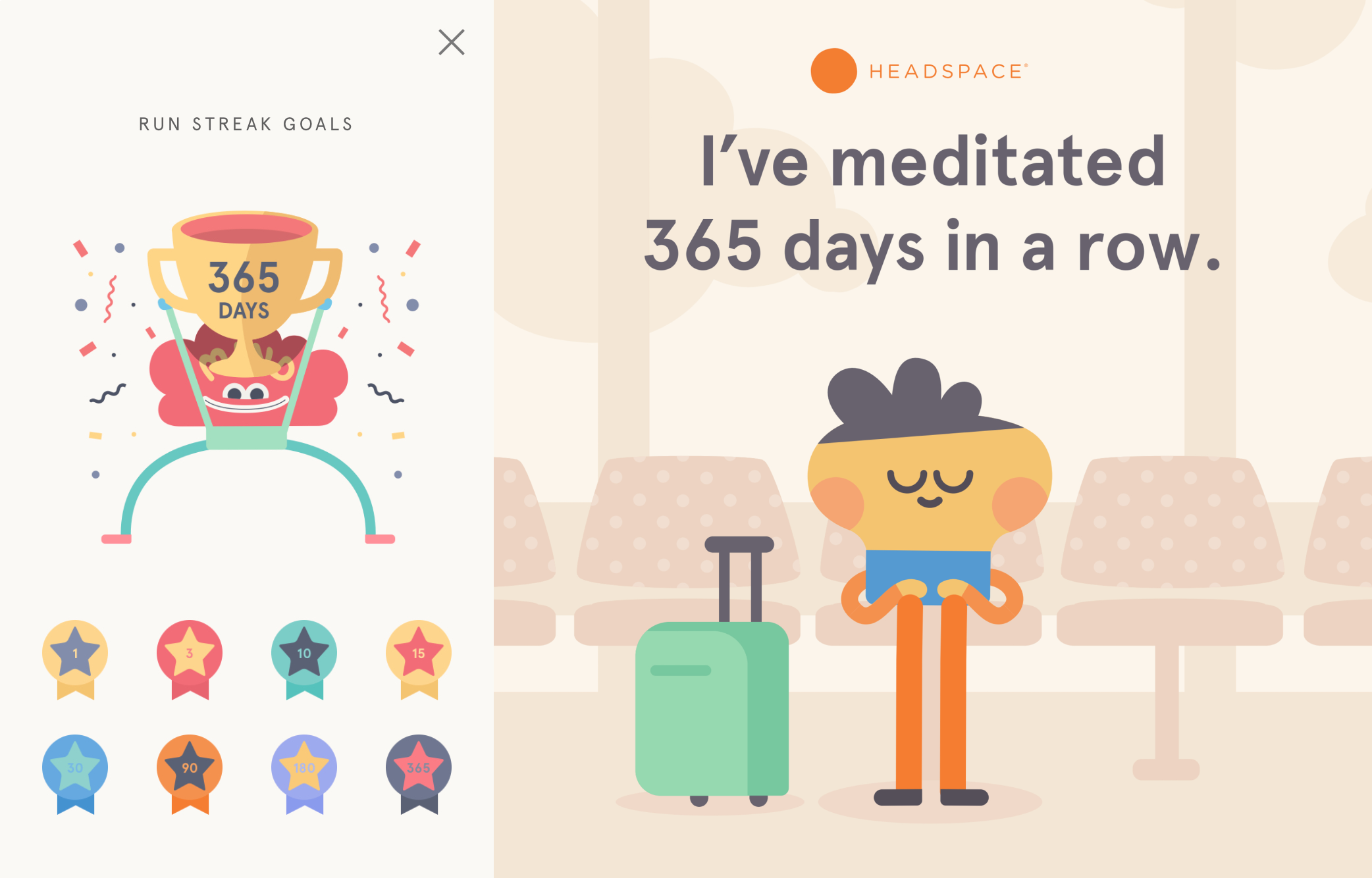
5. Personalized Goals and Progress Tracking
Customizing goals and progress tracking for individual users can make your product feel more tailored to their needs and preferences. By personalizing the experience, you can increase user engagement by making the product more relevant and meaningful to them.
A great example of this is the financial management app Mint, which allows users to set personalized budgeting goals and tracks their progress towards those goals. By offering personalized goal-setting and progress tracking, Mint helps users stay engaged and committed to their financial goals.
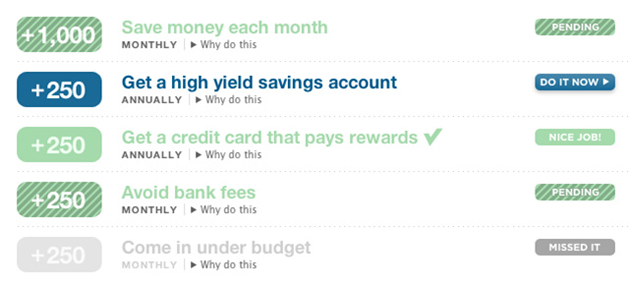
Measuring the Success of Gamification
To determine the effectiveness of your gamification efforts, it's crucial to establish
key performance indicators (KPIs) that align with your objectives. Some common KPIs for measuring the success of gamification include:
User engagement (e.g., time spent using the product, frequency of use, number of actions taken within the product)
User retention (e.g., percentage of users who continue using the product after a specific period)
Task completion (e.g., percentage of users who complete a specific task or achieve a certain milestone)
User satisfaction (e.g., user feedback, ratings, or reviews)
By tracking these KPIs, you can evaluate the impact of your gamification efforts on user engagement and make data-driven decisions to optimize your product further.

Final Thoughts
Gamification can be a powerful tool for increasing user engagement and satisfaction in your product or service. By leveraging the key elements of games and implementing specific gamification techniques, you can create a more enjoyable and rewarding experience for your users. Remember to measure the success of your efforts and iterate based on data-driven insights to maximize the impact of your gamification strategy.








